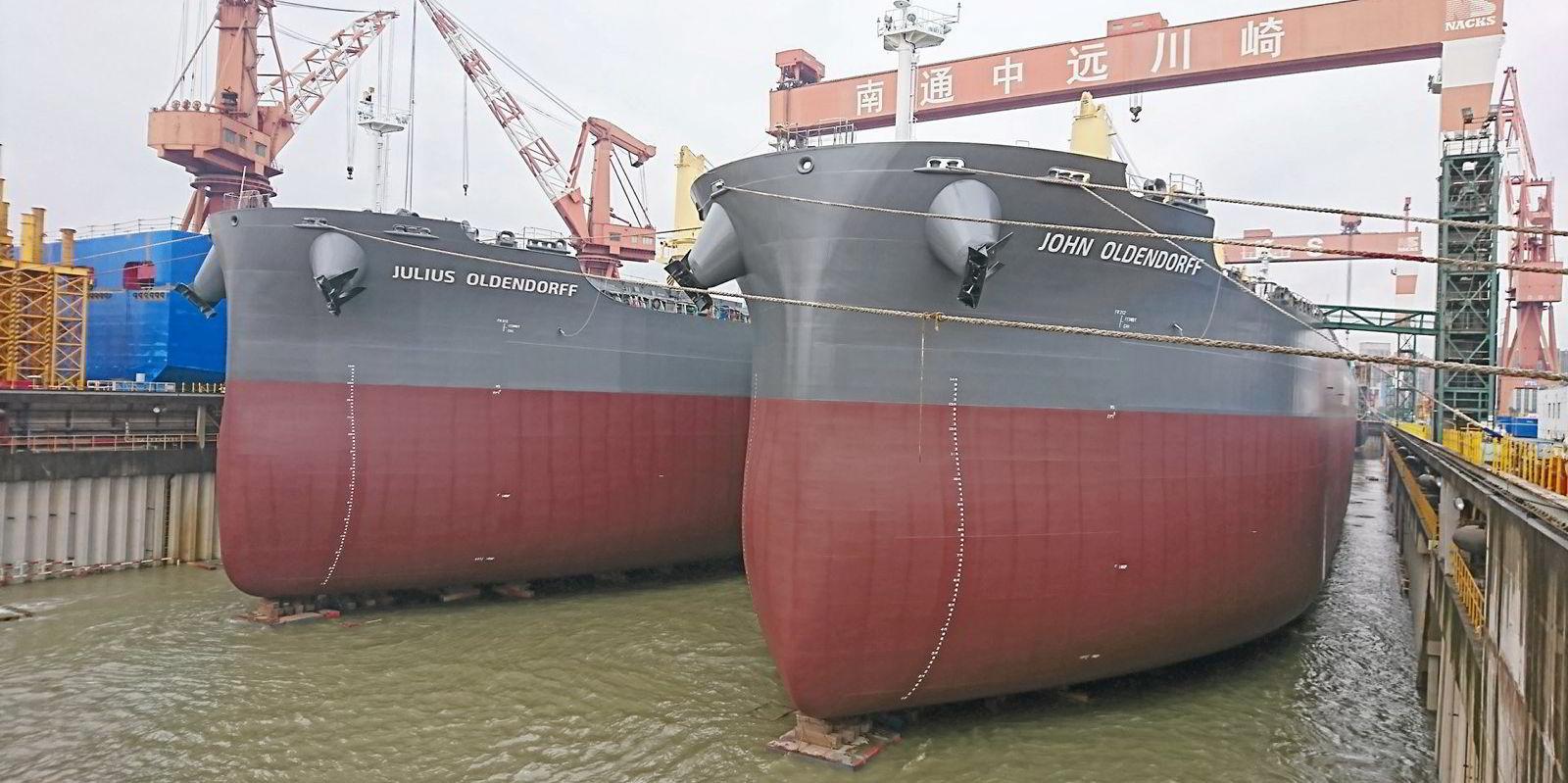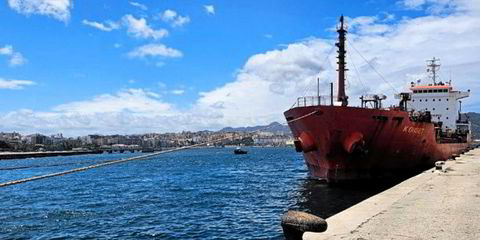Bulging orderbooks and shipyard consolidation are keeping newbuilding prices high as China dominates, according to Clarksons Research.
Analyst Trevor Crowe said “forward cover” at yards is at the highest level since August 2009, when owners ordered a flotilla of vessels before the financial crash.
This cover now stretches 3.7 years ahead. The record was 5.6 years in 2008.
The figure is arrived at by dividing the current size of the overall orderbook by the total deliveries over the previous year — both in compensated gross tonnage terms.
The vessel backlog is now 259m dwt or 123m cgt, 54% and 35% smaller than in August 2009, however.
“As a share of capacity on the water, the difference is even starker, just 11% now in dwt, compared to 45% back then. Evidently, the equivalent forward cover stems from reduced yard output and capacity,” Crowe said.
Shipyard output has totalled 32.9m cgt in the past 12 months, against 47.7m cgt in 2009.
Clarksons estimates current global shipyard capacity is 35% down from its 2010/2011 peak.
There are 148 active shipyards building units of 20,000 dwt or more, compared with 316 at the start of 2009.
Today’s capacity on order in cgt is split 48% to China, 32% to South Korea and 10% to Japan.
Vessel profile shifts
In 2009, China had 36%, with South Korea unchanged and Japan on 18%.
China’s share has grown, even as the number of shipbuilders has decreased. This year, Chinese yards have taken 57% of orders in cgt terms, Crowe added.
The vessel profile is also dramatically different.
Crowe said that 14 years ago, bulkers made up 39% of the orderbook in cgt terms, with tankers on 23%. Boxships accounted for 16% of orders and gas carriers 4%.
Now boxships and gas carriers are tied in the lead on 27%, with tankers and bulkers making up a further 27% combined.
The average value of each newbuilding is also higher now, at $84m versus $50m in 2009.
This is partly due to gas carriers being more expensive in general, as well as a focus on larger vessels and more advanced technological specifications.
“More consolidated yard capacity is combining with healthy forward cover to help support elevated newbuild prices, whilst the current product mix, and reduced capacity, is keeping supply growth in check in tankers and bulkers,” Crowe concluded.





